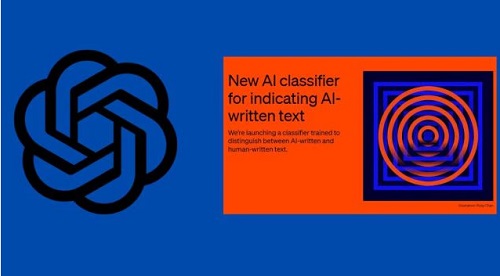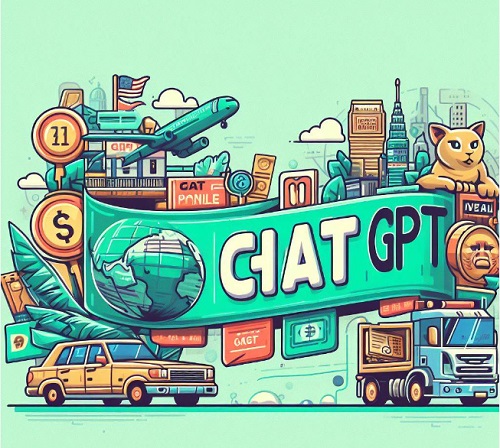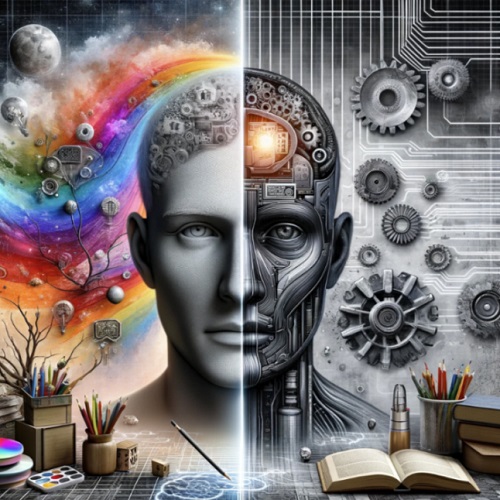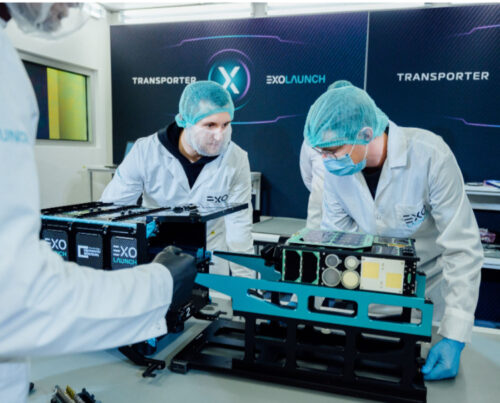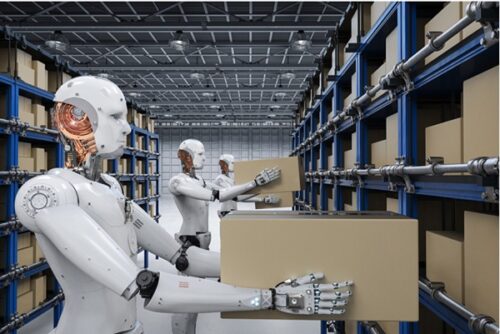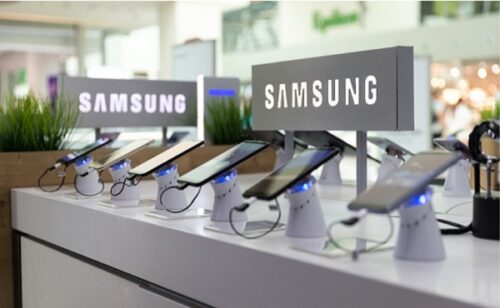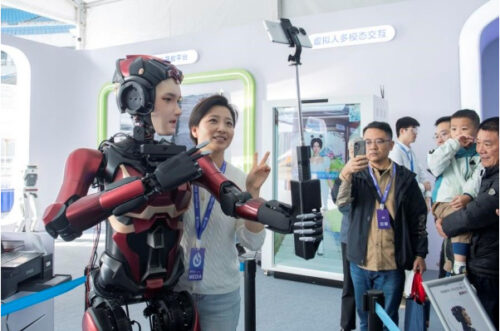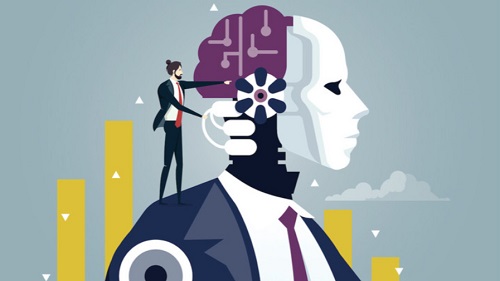How safe is the use of artificial intelligence? The EU states have now agreed on rules. These are intended to […]
Empowering Electric Vehicles
Should I Use ChatGPT to Write My Essays?
AI software like ChatGPT is changing learning. Essays, homework – the chatbot does it all. Use or prohibit, help or […]
OpenAI’s new software – called the Classifier
The developers of the chatbot ChatGPT have released new software that is supposed to whether recognize the text was written […]
Fungal skin could enhance the tactile and sensory capabilities of robots
The Shiny Lackporling can do more than attack trees. Researchers have used the fungus to create a living robot skin […]
AI Uses Driving Data to Warn of Low Blood Sugar
Diabetic hypoglycemia occurs when someone with diabetes doesn’t have enough sugar (glucose) in his or her blood. Glucose is the […]
How to Use ChatGPT for Travel Planning
Artificial intelligence can also be used to plan travel routes and bundle tips for tourists. The industry is following the […]
AI companies promised to self-regulate one year ago
Tech giants in the USA are committed to using artificial intelligence responsibly. Risk assessments are intended to curb misinformation and […]
AI evaluates emotional intelligence through sophisticated algorithms
Many companies use artificial intelligence to evaluate customer conversations. Such software can also recognize emotions, BR research shows. Data protection […]
Scarlett Johansson threatened legal action against OpenAI
OpenAI is arguing with US actress Scarlett Johansson about an AI voice in the bot ChatGPT. Johansson thinks the bot […]
AI and Creativity: The Impact of Generative AI on Human
Modern AI can produce amazing things. A study has now compared the creativity of humans and artificial intelligence AI – […]
The SONATE-2 mission will verify novel artificial intelligence (AI) hardware and software technologies
There is a lot of talk about artificial intelligence at the moment, but in space travel, AI is still in […]
6G: What It Is, How It Works, When It Will Launch
Data transfer via mobile phone is getting faster and faster. The new 5G network has not even been fully built […]
Optical fiber cable for 5G and future 6G network technology
One year after the presentation of the “GigabitStrategy” for the expansion of high-speed Internet, many projects have been completed. The […]
Artificial intelligence advances cancer diagnostics in the next decade
Standard imaging tests include MRI, CT, ultrasound, PET, and X-ray. Endoscopy—This procedure uses a specialized tool with a light or […]
LiFi is a new technology that uses light sources to transmit data
Press the light switch, and the data flows. This is not science fiction, but the idea of an inventor. It […]
Will humans be replaced by robots in various aspects of life?
The development of robotics and artificial intelligence (AI) technology has significantly impacted various aspects of human life. In 2020, the […]
Samsung’s smartphone shipments decreased by 15.4 percent in the April-June period
Samsung Electronics has publicly apologized and recognized that the company is viewed as being in a “crisis” after announcing profit […]
Chinese scientists have developed the fastest running humanoid AI robot
Chinese researchers have created a humanoid robot that can run at a remarkable speed of just over 8 miles per […]
A test mule of Tesla’s upcoming robotaxi has allegedly been spotted in Los Angeles
A prototype of what appears to be Tesla’s forthcoming robotaxi has been noticed by a Reddit user who claims to […]
how do you ensure that AI is responsive to the choices we’re making as a society?
New technologies present challenges in terms of regulation. Gillian Hadfield suggests it might be time to rethink our strategy regarding […]



